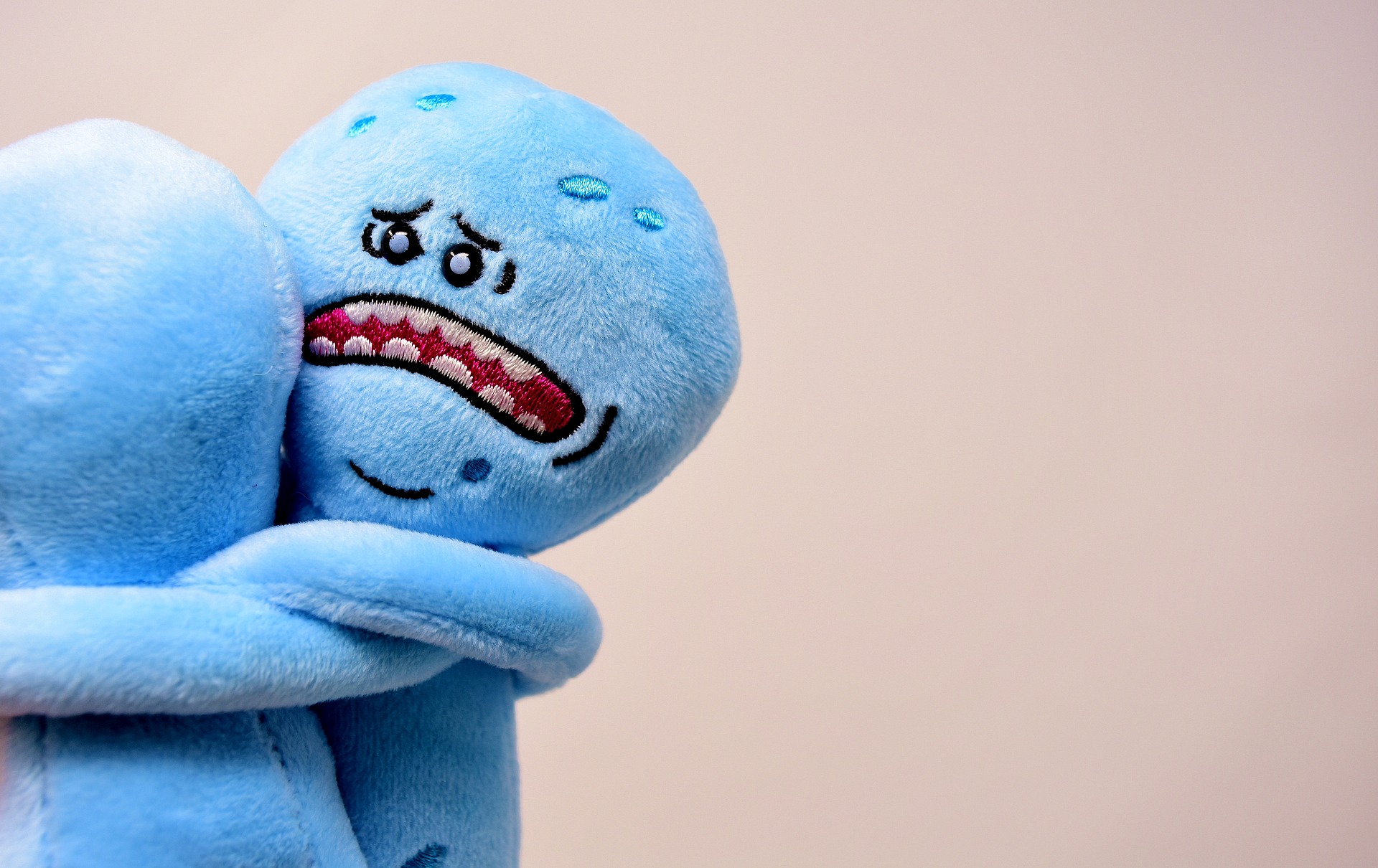At the end of my last post, “Why NSAIDs Suck for Floxies (and Probably Everyone Else Too),” I mentioned some alternatives to NSAIDs that can be used as painkillers. I forgot one that a Floxie friend specifically asked me to mention, so it’s getting its own post.
The painkiller is called Kratom. It is reported to have helped several Floxies with pain management. I have not personally tried it, nor have I done extensive research on it. I highly recommend that you research it yourself before trying it. I’m not a doctor and this isn’t a medical recommendation. Kratom is a supplement/herbal drug and it should be considered as carefully as any other supplement/herb/drug. Like all treatments for Floxies, what works well for one person, may not work well for another.
Now that I have put that disclaimer out there, I’ll mention some things that I read about it on the internet:
“Kratom is a tree native to Southeast Asia (Thailand, Malaysia, Myanmar [Burma], and elsewhere). Its botanical name is Mitragyna speciosa. Kratom is in the same family as the coffee tree (Rubiaceae). The leaves of kratom have been used as an herbal drug from time immemorial by peoples of Southeast Asia. It is used in folk medicine as a stimulant (at low doses), sedative (at high doses), recreational drug, pain killer, medicine for diarrhea, and treatment for opiate addiction.” http://www.sagewisdom.org/kratomguide.html
“Several Kratom supporters who commented and wrote to me said that the substance had helped them kick addictions to opiates–in some cases after many years of taking the drugs for tremendous pain. Others said it helped them get off anti-depressants and anti-anxiety medications. Some said that taking Kratom provides steady energy without increased anxiety. In general, supporters credited Kratom with remarkable benefits without side-effects.” http://www.forbes.com/sites/daviddisalvo/2013/02/15/the-kratom-experiment-begins/
“The herb Kratom — Mitragyna speciosa — has become surprisingly popular for a growing number of Americans with various conditions that the pharmaceutical industry has poorly served and often ignored. Fibromyalgia, depression, diabetes, PTSD, anxiety, and chronic pain due to arthritis and injuries are some of the conditions where patients are turning to kratom out of frustration with pharmaceutical drug side-effects and lack of benefit.” http://paulkemp.hubpages.com/hub/Kratom-Why-Big-Pharma-Hates-It-People-Love-It
“So far, there have been only a handful of scientific studies on kratom’s effects on mammals. What is known is that there are more than 25 naturally occurring alkaloids in kratom leaves, and the two believed to be most active on opium receptors in the human brain are mitragynine and 7-hydroxymitragynine. A study by Doctor K.L.R. Jansen and Professor C.J. Prast, published in 1988 in the Journal of Ethnopharmacology, reports that kratom showed opiate-like effects (such as analgesia and cough suppression) in animals. These effects were confirmed by recent research at the Universiti Sains Malaysia and the December 2010 report published by the DEA.” http://www.phoenixnewtimes.com/2011-08-04/news/kratom-some-say-the-latest-legal-drug-is-a-harmless-herbal-tonic-the-dea-says-it-s-far-more-sinister/
I would think (this isn’t a very educated guess – as I said, I haven’t looked into it much) that anything that affects opiod receptors could be addictive. That is something to consider.
Kratom is legal in 49 of the 50 states. The one state that it is illegal in is Indiana.
My basic impression is that Kratom is a painkiller that has fewer adverse effects than most of the painkillers (both legal and illegal) that are on the market. It is reported to have helped some Floxies. Very little research has been done on it so exactly how safe it is, is to be determined. And, if you want to try it, you should try it now before the DEA gets too uptight about it. Again, I’m not recommending it based off of any personal experience and you should always be careful and do your own research. It is something that those suffering from chronic pain may benefit from though.
POST SCRIPT NOTE –
I had originally had the following on this post –
“Kratom can get you high. The fact that it can get you high leads me to a couple of thoughts. First, it’s being looked into as a controlled substance by the DEA. There is too little research on it for them to be saying that they want to crack down on it because it’s dangerous. But the DEA does have a history of cracking down on fairly safe drugs just because they get you high (marijuana being the main example). As long as a drug doesn’t get you high, it can be horribly dangerous and still be encouraged by the government agencies. The second it gets someone high though, panties get in a wad. Blame our Puritan ancestors for that.
Second, the fact that Kratom can get you high may have some product safety and quality control implications. If the kids are getting high off it, there is going to be a market for it. If there is a market, there is going to be money and people may want to be shady with it (by “shady” I mean that they may lace it or otherwise tamper with it in order to gain more profits or customers). So, please, be careful with your source and make sure that quality control measures are in place if you decide to try it.”
I HAVE BEEN CORRECTED, KRATOM DOES NOT GET YOU HIGH.
If it did get you high, I don’t, personally, think that’s a bad thing, but, it does NOT GET YOU HIGH.
Please see Linda’s comment below.
Also, in conversing about painkillers on facebook, both Noni juice and corydalis were mentioned as painkillers that have worked for Floxies.












… [Trackback]
[…] Read More on to that Topic: floxiehope.com/kratom-painkiller-for-floxies/ […]
… [Trackback]
[…] Information to that Topic: floxiehope.com/kratom-painkiller-for-floxies/ […]